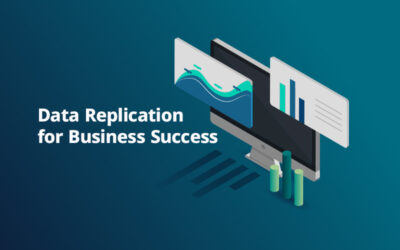Establishing a business is not easy and it requires a clear vision and capital investment and other complex tasks like market research, delegation etc. Today, business owners have a common growing pain, that is, their resources are being pulled in several directions with very limited time to get the work done. So, high performance is the key and a solution is outsourcing. Many companies are increasingly adopting outsourced solutions to maximize productivity and revenue while minimizing overhead costs. Outsourcing also helps businesses to remove non-core activities from daily management so that the company can focus more of its energy and time to core tasks. Despite all these benefits, business leaders may put their organization at risk if they do not choose the right outsourcing vendor. Another element of risk is to outsource just for the sake of saving time. So, identify whether you really need external assistance. Ideally, business owners should ask themselves these three questions:
- Does outsourcing give a competitive edge? Creating a competitive edge is essential for any business. So, identify whether outsourcing will impact your competitive advantage in the marketplace. Consider the case of Procter and Gamble, in a fast-paced world with changing consumer demands, the company faced the pressure of getting new products launched before their rivals. So P&G decided to outsource its research and development activities. This improved their productivity by 60 percent and generated more than 10 billion dollars in revenue with over 400 new products.
- Importance of mitigating risk if outsourcing isn’t done properly: Managing risk is important for any business and outsourcing helps businesses to better manage and mitigate risk. Financial risk, competency risk and competitive risk are the most common risks that businesses face.
- Financial risk: It refers to the exposure a business has to increase expense, potential loss of revenue and allocation of resources.
- Competitive risk: This means whether you are investing in areas that don’t bring additional value or investing in areas that help the company improve revenue. The rule of 10:1 states that a 1% increase in effectiveness can improve profits by 10%. You can add capacity and profits to your bottom line by investing in your effectiveness.
- Competency risk: A business should either grow their capabilities or be able to face the risk, some may be repairable, and some may put you out of business. So, here you can consider hiring professionals to strengthen your team.
All three risks are connected. So, the key is to find out the current level of effectiveness and implement those initiatives and activities that can quickly make an impact on the organization.
- Does an internal setup exceed the value it brings to the organization? To mitigate risk, you need enough time and resources. Suppose you are investing in operations instead of new products then you may lose out to competitors because you are not focusing on areas that drive revenue.
Technological advancements are emerging at a rapid pace and the system currently used by the business may be replaced by a new and innovative one by next year. This may give a competitive edge but could prove to be an expensive system to operate. So, outsourcing could turn out to be a practical solution where you can invest money in time and people to improve your business.
Outsourcing to reliable providers of outsourced solutions helps to start and manage a newly launched business and also focus on core competencies. The above facts show that outsourcing to reliable business process outsourcing companies helps start-up businesses to lay a solid foundation for the business to grow successfully.




